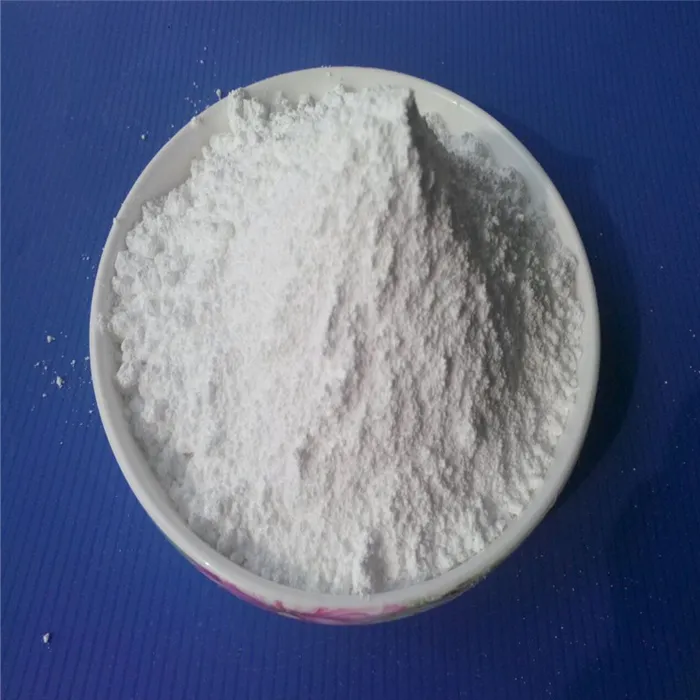Water Treatment pH Adjustment A Crucial Step in Water Quality Management
Water treatment plays a critical role in ensuring that water is safe and suitable for various uses, including drinking, irrigation, and industrial processes. One of the key parameters that need to be monitored and adjusted during water treatment is pH. The pH level of water is a measure of its acidity or alkalinity, and it can significantly affect the water's quality, chemical behavior, and the effectiveness of treatment processes.
Water Treatment pH Adjustment A Crucial Step in Water Quality Management
The ideal pH range for drinking water is typically between 6.5 and 8.5, as recommended by the World Health Organization (WHO). For industrial applications, the acceptable pH range may vary depending on the specific requirements of the processes involved. Therefore, regular monitoring of pH levels is crucial to ensure that water remains within the optimal range and to prevent potential adverse effects.
water treatment ph adjustment

To adjust pH levels, water treatment facilities often employ various methods. The most common approach involves the addition of chemical agents. For acidic water, alkaline substances such as lime or sodium hydroxide can be used to raise the pH. Conversely, for alkaline water, acids like sulfuric acid or hydrochloric acid can be introduced to lower the pH. The choice of chemical depends on several factors, including the specific water source, the extent of pH imbalance, and the cost of the chemicals.
In addition to chemical adjustments, biological methods are also gaining popularity, particularly in wastewater treatment. Certain microorganisms can help stabilize pH levels by enhancing the biological processes that occur during treatment. These methods are often more sustainable and can reduce the need for chemical additives, which can have their own environmental impacts.
In conclusion, pH adjustment is a vital component of water treatment that contributes to improved water quality and safety. By maintaining the appropriate pH levels, water treatment facilities can protect infrastructure, safeguard public health, and enhance the efficiency of treatment processes. As water quality standards evolve and our understanding of water chemistry deepens, ongoing research and innovation in pH adjustment techniques will continue to play a crucial role in effective water management strategies.

